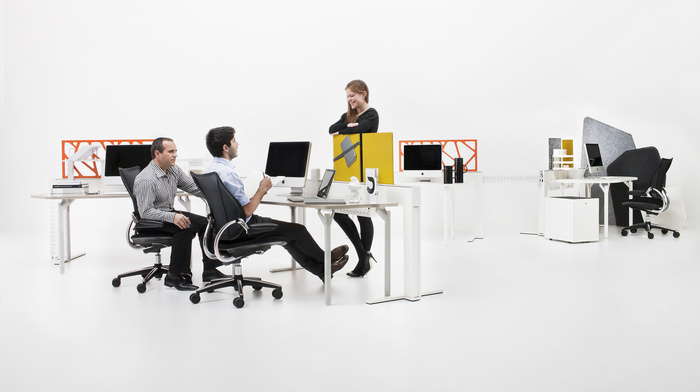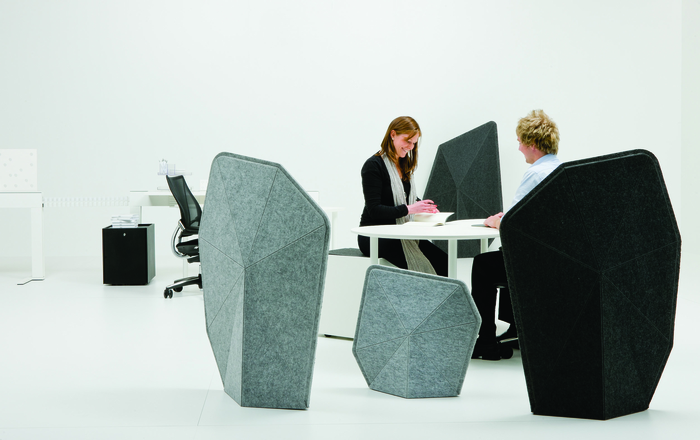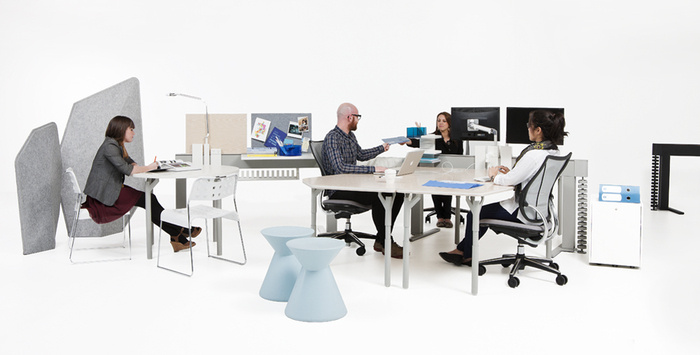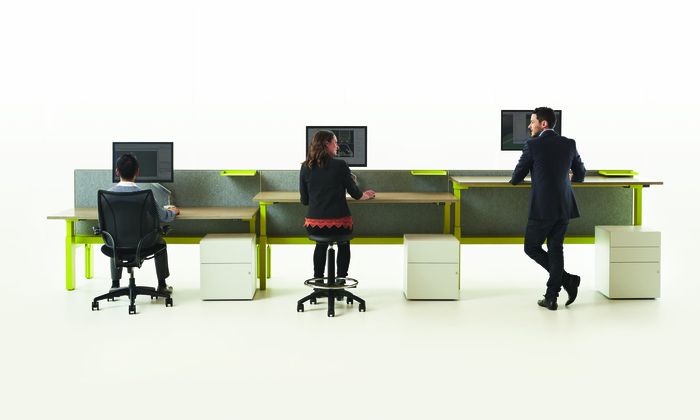
The Changing Workplace: From Me to We
The Changing Workplace Focus
Traditionally, work and the workspace were focused on the individual, with every employee in the company having an allocated workpoint, which became a symbol of their status and identity. Although sometimes used politically, the allocated workpoint ultimately served a positive purpose, allowing individual employees to express who they were and supporting how they worked.
Promoting the human instinct within us all to mark our territory, workpoint ownership contributed to employee engagement and motivation by helping employees create a sense of place and belonging in addition to helping them form emotional attachments and connections.
As the focus of today’s workplace shifts away from the individual and more towards the team, the workspace is following suit. With workspace sharing approaches such as hot-desking and activity based working, the individually allocated workpoint is disappearing and the broader team owned spaces incorporating shared workpoints are proliferating. In this scenario, how do we continue to connect people to the physical workplace, each other and the organisation?
Supporting the Change From ‘Me’ to ‘We’
The physical workplace needs to support employees on various levels (physical, functional and psycho-social). Supporting the psycho-social needs of employees becomes more difficult in workspace sharing approaches, which change the focus from ‘me’ to ‘we’ and take away some familiar comforts including knowing where your friends and team members are, tailoring your workspace to suit your personality and work style, etc.
Without individual ownership of workpoints, the integration of employees into the corporate culture and the maintenance of engagement are altered. To support this change, employees, and most importantly their leaders, need to go through competency training to support different behaviours and attitudes: a change from ‘me’ to ‘we’. An individual no longer owns/claims the same workpoint every day, a group now owns a space and a team member can claim a different space for several hours every day depending on what they are doing, what their team is doing, how they feel, and who they are working with.
This transition from ‘me’ to ‘we’ needs to be supported by the physical workplace and even the products within with workplace. Team designated areas in the neighbourhoods where lockers now reside become imperative as these areas present the only opportunity for employee personalisation and expression. Employees can personalise and express who they are in them. Social areas must be utilised to promote a community and leaders need to help employees connect – from a work and personal perspective – while technology needs to assist in knowledge sharing and translating interactions into positive collaborations.
Other articles by Keti:
- An Introduction to a Growing Trend: Activity Based Learning
- Evaluating Your Workspace Before and After Your Occupancy





























